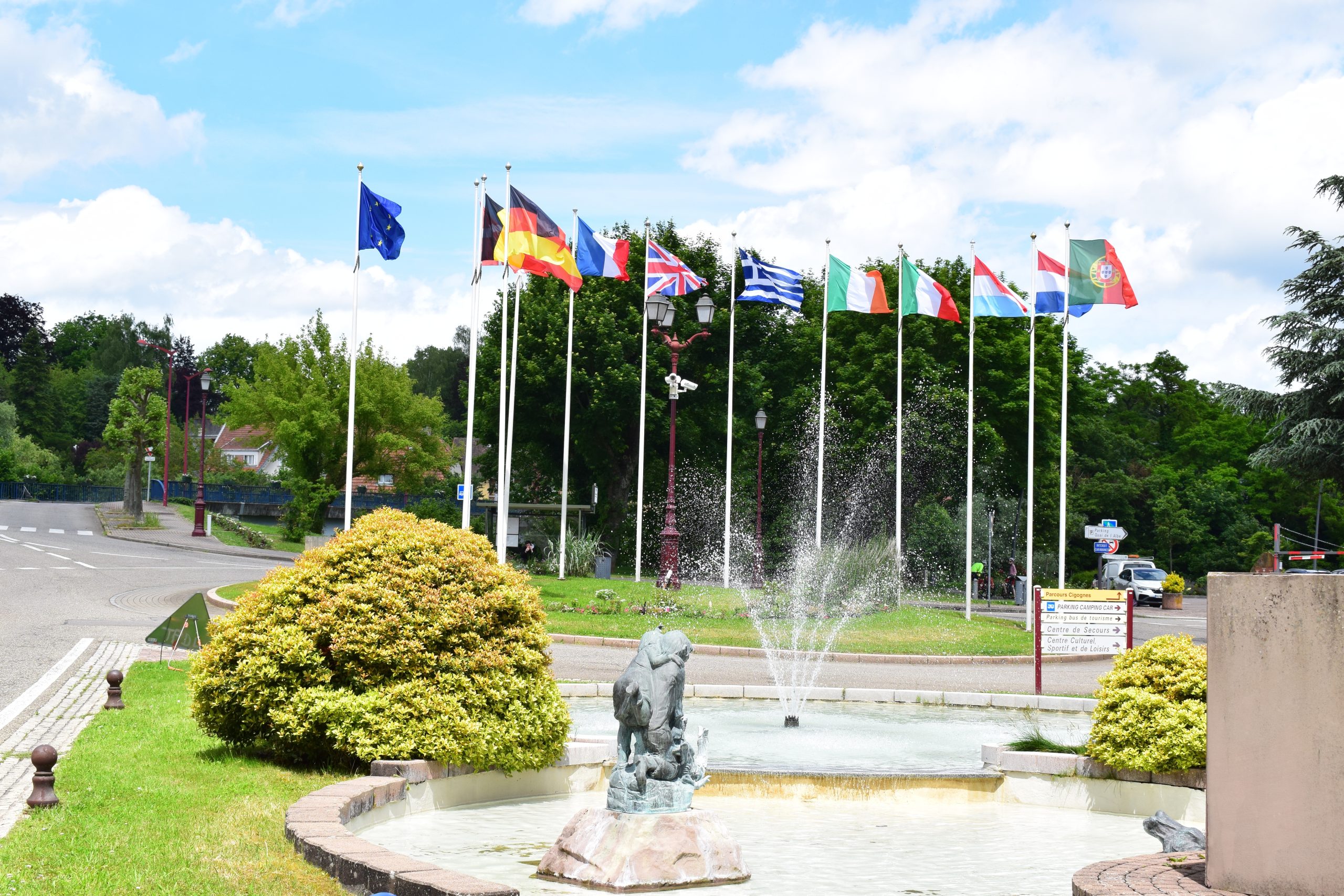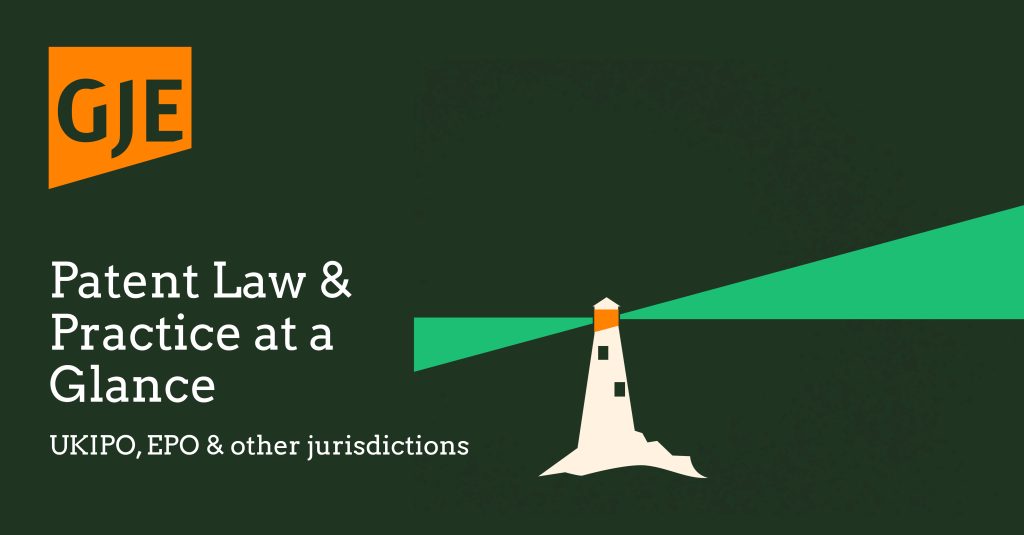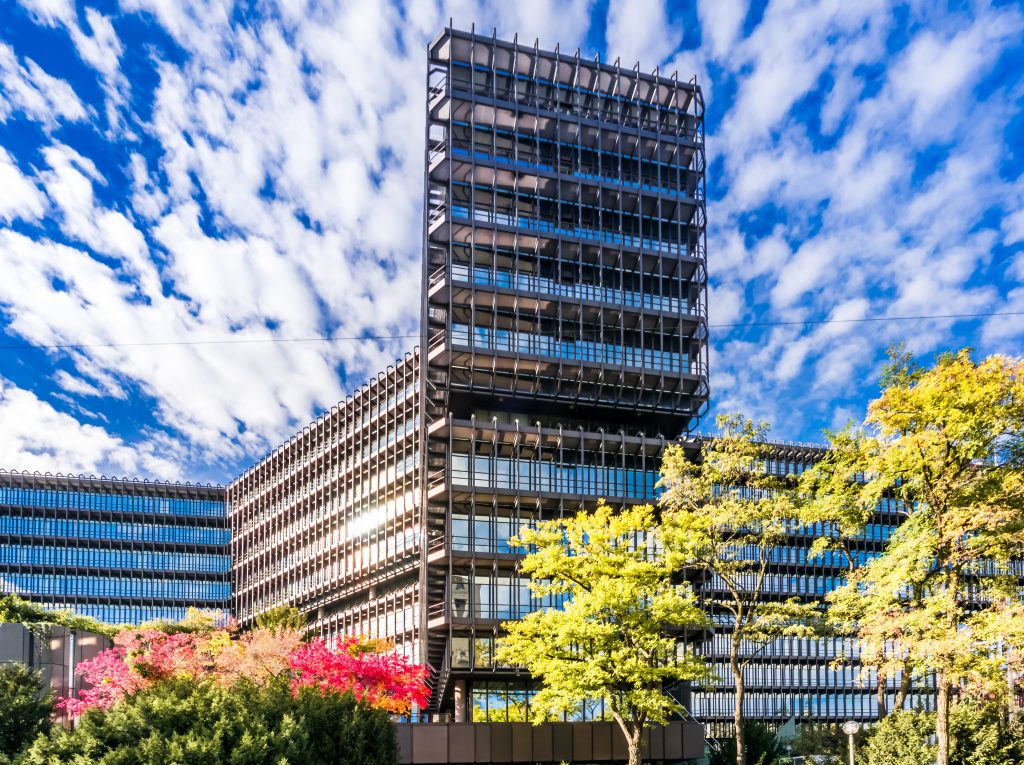
The Unified Patent Court (UPC) has been fully operational for a year, and the Unitary Patent (UP), registerable at grant of a European patent, has been available for a year. To mark the occasion, we have summarised in this article a handful of impactful developments over the last year across the jurisdiction and governance of the UPC as well as the more practical implications of various actions by the UPC.
For further information on the UPC and UP, please visit our website, and if you have any questions about the points raised in this article, please contact your usual GJE attorney or email us at gje@gje.com.
UPC AND UP JURISDICTION
UPC ratification: Romania
On 31 May 2024, a day before the anniversary of the UPC, Romania carried out the final step necessary to fully join the UPC and become the first new member since the UPC launch. By depositing their instrument of ratification with General Secretariat of the Council of the European Union, Romania will become the 18th full UPC member state on 1 September 2024.
Any new UP registered from 1 September 2024 will have effect in Romania, while any UP registered before 1 September 2024 will continue to not cover Romania and be limited to the current 17 member states. In the period until 1 September, the European Patent Office (EPO) is allowing requests for delayed registration of unitary effect to be filed. If such a request is filed, the EPO will postpone the registration of unitary effect until 1 September 2024 or shortly after. More details can be found here.
With this latest ratification, there are six EU member states remaining, who are signatories to the UPC Agreement but yet to complete ratification. These are Cyprus, Czech Republic, Greece, Hungary, Ireland and Slovakia.
UPC Irish expansion delayed
Earlier, in 2024, Ireland set out to ratify the UPC Agreement as we commented here. This would have allowed Ireland to become an additional full member of the court and subject to the UPC’s full jurisdiction, take on a division of the UPC and be included in the geographical scope of a UP. However, the ratification processing in Ireland requires there to be a referendum. This was slated to be held this month; however, in April, it was announced that the referendum would be delayed.
The announcement made it clear that the Irish Government would continue their support of the UPC but that a delay would allow more engagement with the public on the matter. While various economic benefits for Ireland may be cited as reasons to favour Ireland ratifying the UPC Agreement, IP is undoubtedly a complex issue for those not familiar with it. This delay could then help the Irish Government achieve a vote in favour of the UPC.
A rescheduled date for the referendum appears not to have been settled by the end of May 2024.
KNOCK-ON PRACTICAL EFFECTS
Claim interpretation
On 13 May 2024, the UPC Court of Appeal issued its second decision relating to claim interpretation. This was in the case of VusionGroup v Hanshow Technology. Like the first case that addressed the question of claim interpretation (10X Genomics v Nanostring, 11 March 2024), this was an appeal from a first-instance finding on an application for provisional measures (preliminary injunction).
In the first case, the court of appeal set out clearly that its principles on claim interpretation were in accord with Article 69 of the European Patent Convention (EPC) and the Protocol on its interpretation. In particular, they used the following principles:
- In accordance with Article 69 of the EPC and the Protocol on its Interpretation, the patent claim is not only the starting point but also the decisive basis for determining the scope of protection of a European patent.
- The interpretation of a patent claim does not depend solely on its exact wording in the linguistic sense. Rather, the description and drawings must always be consulted as explanatory aids for the interpretation of the patent claim and not only be used to resolve any ambiguities in the patent claim.
- This does not mean, however, that the patent claim merely serves as a guideline and that its subject matter also extends to what, after examination of the description and drawings, appears to be the patent proprietor’s request for protection.
- The patent claim is to be interpreted from the perspective of the person skilled in the art.
In this first case, the interpretation was in the context of determining patent validity. In the case of VusionGroup v Hanshow Technology, the Court of Appeal reiterated these principles and went on to apply them in the context of determining likely infringement. In particular, they used the disclosure of the description to interpret certain claim features. The UPC’s summary of the case was that ‘claim features must always be interpreted in the light of the claim as a whole’. Ultimately, the Court of Appeal found that there was insufficient certainty that the asserted infringement met all features of the claim and so, the application for provisional measures was rejected.
The Court of Appeal has not yet given an opinion on the question of whether the content of the prosecution file should be taken into account when deciding on the scope of protection. In VusionGroup v Hanshow Technology, the Court of First Instance used the prosecution history in making a claim interpretation; however, the Court of Appeal found that the use of the description to interpret the claims was enough in their case, so they did not have to consider any impact of file-wrapper estoppel in this particular case.
The general principles of using the description to interpret the claims have therefore been used twice now by the Court of Appeal, although it remains open whether the file history can be taken into account, and the question of infringement by equivalents has not yet been addressed.
Opt-out validity
Only a few days after the anniversary of the UPC, the Court of Appeal issued an important order on the validity of opt-outs (Neo Wireless v Toyota Motor), confirming the position set in the UPC Agreement that a valid opt-out application must be lodged by or on behalf of all proprietors of all national parts of a European patent.
In this case, the applicant (Neo USA) had transferred ownership of the German national portion of their patent application to their German affiliate (Neo) while holding on to the ownership of all other national validations. However, while Neo USA filed an opt-out application for ‘all EPC states’, Neo itself did not file an opt-out with respect to their German part of the patent (or join Neo USA’s opt-out). Toyota brought a revocation action against the German part of the patent before the Central Division Paris of the UPC, who found that the opt-out declared by Neo USA was invalid, as not all owners of all national parts of the patent had lodged it, which Neo appealed.
The UPC Court of Appeal rejected the appeal, agreeing with the Central Division and noting that if this was not the case, then, a holder of only one or more national parts would be able to declare an opt-out that has effect for national parts to which the part-holder is not entitled. This was on the grounds that such action goes against the original legislation of the UPC, where it was chosen that the default situation would be for all proprietors of (national parts of) European patents to be subject to the jurisdiction of the UPC, regardless of their individual preferences.
UPC PROCEDURE
Pharmafurcation of bifurcation
The option of bifurcation, the practice of separating infringement and validity proceedings, has always been available in UPC proceedings. This was one of a number of compromises made during the drafting of the UPC Agreement to blend the patent systems of various countries together to maintain engagement with the developing UPC.
While prevalent in German patent litigation, bifurcation is limited elsewhere. In the run up to the launch of the UPC, there were even rumours that attorneys in Germany were pleased to have an alternative available to their bifurcated system. Indeed, during the year since the UPC opened its doors for litigation, there has not been a flood of bifurcated proceedings. However, there are some early signs that bifurcation, or at least a form of it, is starting to be used as a litigation tactic by pharmaceutical companies.
As the likely holders of the largest budgets for UPC litigation, it is unsurprising that pharmaceutical companies would be the first to test bifurcation as a part of their strategy. So far, it appears this strategy is being run in proceedings between Sanofi and Amgen as well as between Edwards and Meril. It remains to be seen whether this strategy will be adopted widely; however, it is an area to watch.
UPC transparency
With limited transparency on decisions and orders written into UPC law, attempts are being made to push the UPC to be more transparent, with at least one local division having endorsed this. Rule 262 of the UPC Rules of Procedure sets out that decisions and orders made by the Court shall be published and that written pleadings and evidence shall be available to the public upon ‘reasoned request’. In Ocado v Autostore, the Nordic-Baltic Regional Division judged that a third party’s interest in how the original claim was framed, together with a broader public interest in the information being made available for public scrutiny and discussion, provided a credible explanation that satisfied the requirement for a reasoned request and so, granted the third party access to the UPC case file.
An appeal against this order from Ocado was dismissed by the UPC Court of Appeal, who found that once a decision had been issued to end proceedings, general interest from the public should be sufficient to grant access to the records of the proceedings. Therefore, it seems that some within the UPC, and plenty outside, continue to push for greater transparency.
Extension of time limit to lodge appeal in case of excusable error
While numerous cases are already pending before the new court system, the UPC has faced challenges relating to orders, decisions and administrative and procedural transparency as is reflected in AIM Sport Development v Supponor. In the present case, the Court of First Instance had issued a single decision on ‘infringement’ and ‘provisional measures’, informing the parties of an appeal period of two months after service of the decision. However, before the UPC, infringement proceedings and provisional measures proceedings were treated as different proceedings, with the former concluding in a decision and the latter in an order.
According to R.224.1 of the UPC Rules of Procedure, certain orders may be appealed within 15 days of service, while certain decisions may be appealed within two months of service. When AIM Sport Development AG lodged an appeal against the provisional measure after 15 days, but within two months of service, admissibility was questioned.
However, the Court of Appeal concluded that an ‘excusable error can, in exceptional circumstances, justify a derogation …[…]… in particular so when it was the conduct of the court…[…]…that gave rise to confusion by a party, who acted in good faith and displayed all the diligence required of a normally well-informed person’.
This order shows that the period for lodging a statement of appeal can be extended in case of incorrect or incomplete information provided by the Court of First Instance and/or an excusable error.
COURT DEVELOPMENTS
Milan confirmed as UPC Central Division seat by the Italian Ministry of Foreign Affairs
On 26 January 2024, the Italian Ministry of Foreign Affairs announced the signing of the UPC Headquarters Agreement between Italy and the UPC. By doing so, Milan was formally confirmed as the third and final seat of the UPC’s Central Division (CD). Since then, Italy has been preparing to open Milan’s UPC CD in June 2024.
Milan will oversee cases in International Patent Classification (IPC) A (Human Necessities) but not those involving supplementary protection certificates (SPCs). This means that Milan will handle stand-alone revocation actions and declarations of non-infringement as well as infringement actions initiated in the local divisions but subsequently transferred due to counterclaims for revocation.
As of 28 May 2024, the Court has now announced the upcoming appointment of Mr Andrea Postiglione, Ms Anna-Lena Klein and Ms Marije Knijff as judges of the central division in Milan, which is due to open on 26 June 2024.
UPC caseload
On 31 May 2024 the UPC published a summary of its caseload during its first year, to be found here.
The majority of actions have been infringement actions at the Courts of First Instance. Of these, the vast majority have been filed in German Local Divisions in Munich, Duesseldorf, Mannheim and Hamburg. There were more than 130 infringement actions, of which more than 60 also involved a counterclaim for revocation.
In addition, there have been 32 applications for provisional measures, preserving evidence and orders for inspection, namely applications that require very rapid decisions from the Courts of First Instance.
There have also been a number of revocation actions at the CDs, the vast majority being filed at the Paris CD, which received 35, whereas 4 have been filed at the Munich CD. As noted above, the Milan CD is set to open in June 2024.
The Court of Appeal has also been busy, receiving a total of nearly 70 appeals, applications and requests.
English has so far been the most significant language of proceedings. About 50% of cases have English as the language of proceedings. Not unexpectedly, the next most common language is German, with the remainder being French, Italian and Dutch.


